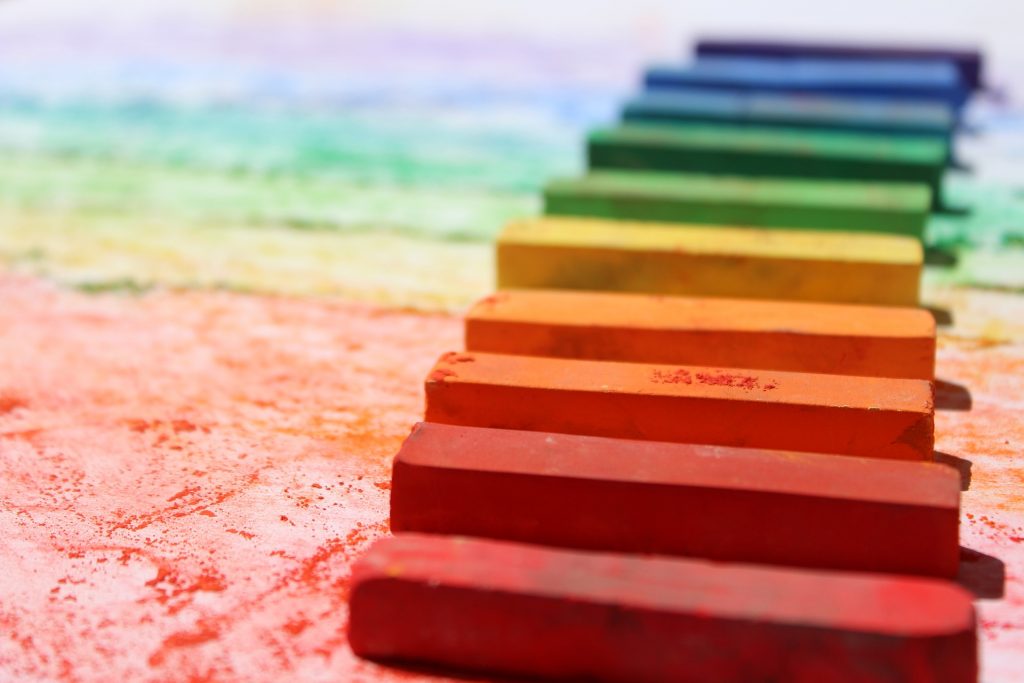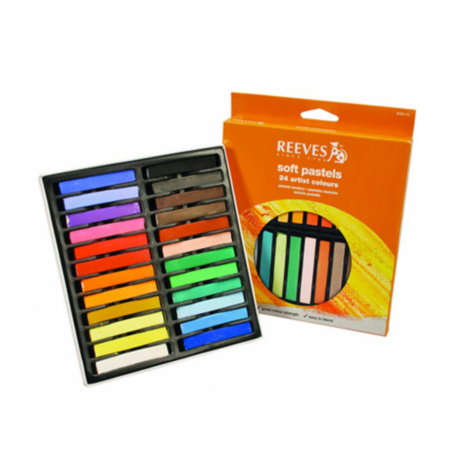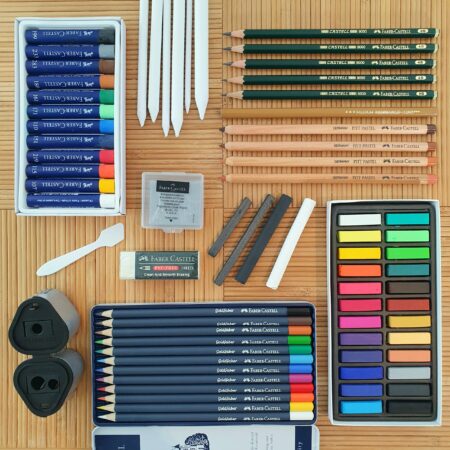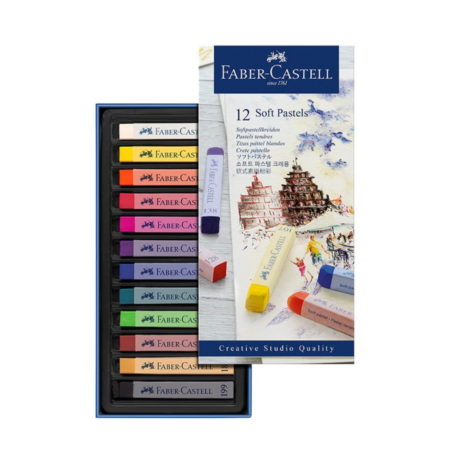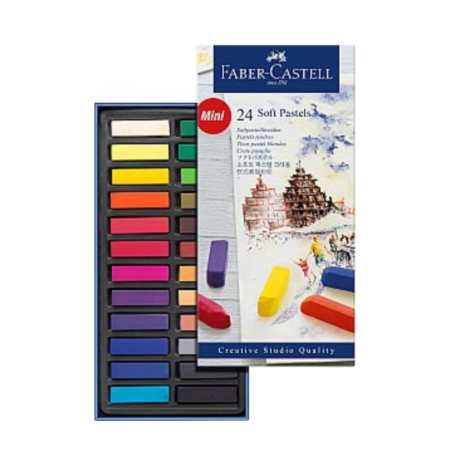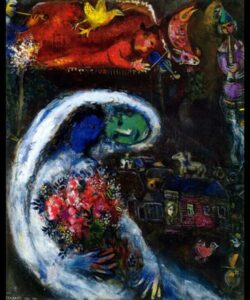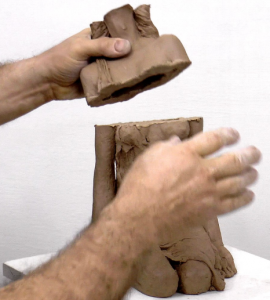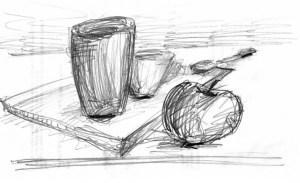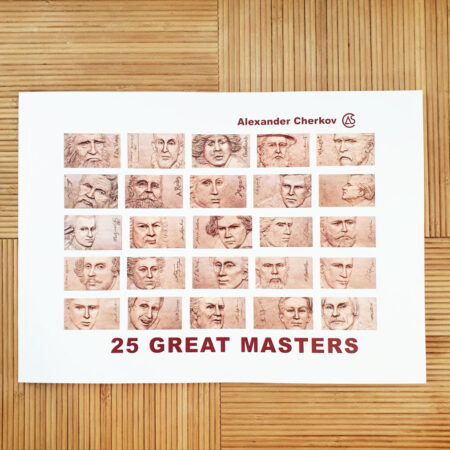Drawing in soft pastel (dry pastel) is the most common of all types of pastel. Soft pastel colors that have a high percentage of pigment and come in different degrees of difficulty, from hard to extremely soft in the form of chalks or pastel pencils. The drawing in pastel began during the Renaissance in Italy and is popular to this day. Soft pastel is very powdery and delicate, easily applied and blended into new shades. Below is an explanation of the soft pastel and useful tips.
Facts and Features of Soft Pastel
- Soft pastel colors consist of a mixture of dye and a non-greasy filler, for example Arabian rubber.
- Soft pastel with a smooth texture and easily spread. Appears in different degrees of difficulty and softness depending on the manufacturer in the form of rectangular chalks or pastel pencils. The chalks allow for a wider range of use while the pencils allow for greater accuracy. It is of course possible to combine chalk drawing with pencils and maximize the drawing options.
- Soft pastel is delicate and fragile, creates a lot of powder at the time of drawing and is quite dirty. For children more oil or wax pastel is recommended than soft pastel.
- Works in soft pastel, similar to charcoal, should be fixed using a fixative for work in layers and also at the end of the drawing.
Emotional dimension and personal expression that allows drawing in soft pastel
Soft pastels connect to daydreams. They convey optimism and aesthetics, and invite softness, lightness, a sense of flow and work in long and wide movements.
The pastel colors allow for work in layers and thus deeper emotional work. Through the creation of grids in the upper layers, a sense of depth is created in the painting, and it is possible to observe through them inner and deeper layers.
Drawing in soft pastel - equipment and related materials
- Drawing materials - newsprint, black bristles and thick drawing papers.
- Drawing board or easel - depending on your preferred way of working; Yes desk registration or yes standing registration. Registration outdoors, in nature or urban; Writing board resting on the arm.
- Sharpener - sharpener with a strong metal that does not break the pencil, with a large hole diameter for soft pastel pit pencils.
- Charcoal spreader - blurring and applying pastel colors to obtain a uniform texture, gradual color transitions and getting into subtleties in the small details.
- Charcoal eraser - for erasing and removing excess color and lightening.
- Charcoal - when working with soft pastels, black charcoal can be incorporated into the painting.
- Fixative - when moving to additional layers and at the end of the work with a soft pastel, it is essential to spray fixative on the drawing to fix the powdery color.
Tips and advice for the process of working with soft pastel
- Soft pastels come in the form of powdered chalk sticks or pencils. The pastel can be easily applied by rough application on the paper. To achieve a gradation of color and transitions between different shades, you can use your finger, a dry brush, a piece of cloth or a charcoal spreader.
- There is a tendency to use the fingers of the hands in blurring the pastel colors, but it is recommended to stay in the use of charcoal sprinklers, this is because the skin tissue has an accumulation of fats that may create stains on the painting. Another option is to fix it with fixative and continue with additional layers. At the same time, working with the fingertips intensifies the experience of sensuality and pleasure in painting in soft pastel colors. Try the different techniques and find out what your favorite technique is.
- A soft pastel pencil does not get your hands dirty, suitable for smaller drawings in soft pastel, or for precision in small details, such as an eye, which is difficult to do with regular soft pastel chalks.
- An elastic charcoal eraser can be used to erase and pick up soft pastel powder from the drawing.
- A fixative is needed to fix the color layer to continue working in layers and achieve a more opaque and deeper color, as well as to fix the painting at the end.
- If you want to make a sketch drawing in preparation for drawing, it is recommended to use a soft pastel pencil in shades of brown.
- Use a knife to scrape soft pastel drawer paint powder to paint large areas or create textures of soil, stones and sand.
- By creating grids or dots in two primary colors, a surface is created that the eye unites and transforms the colors into the color shade created by directly mixing them. For example, blue and red grids will be perceived by the eye as a purple color.


